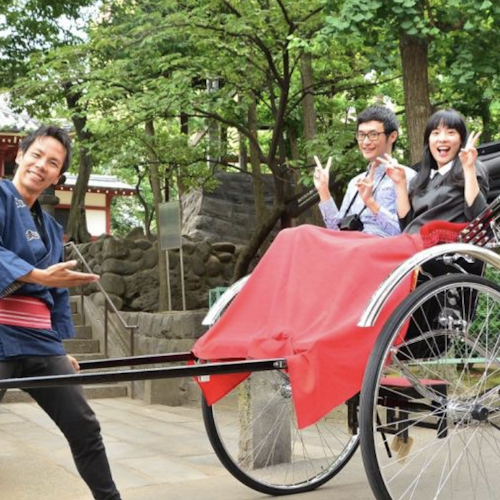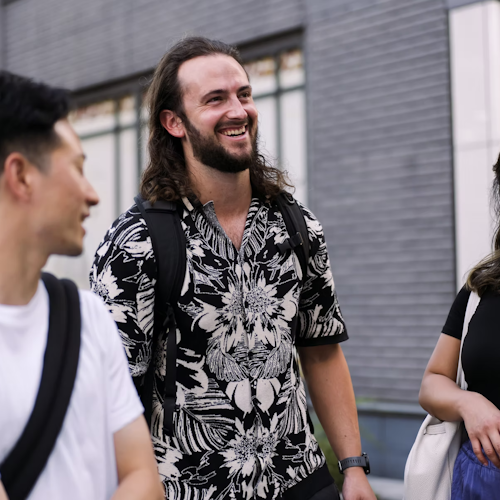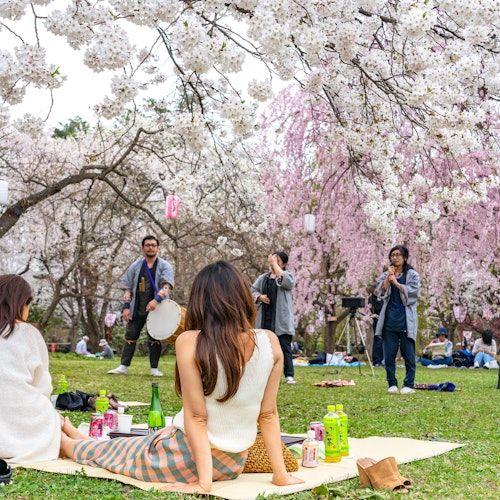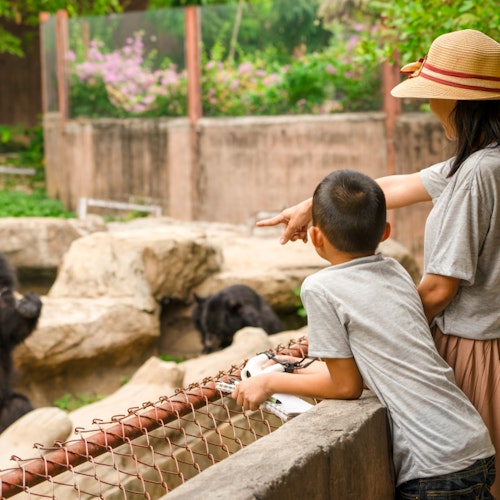
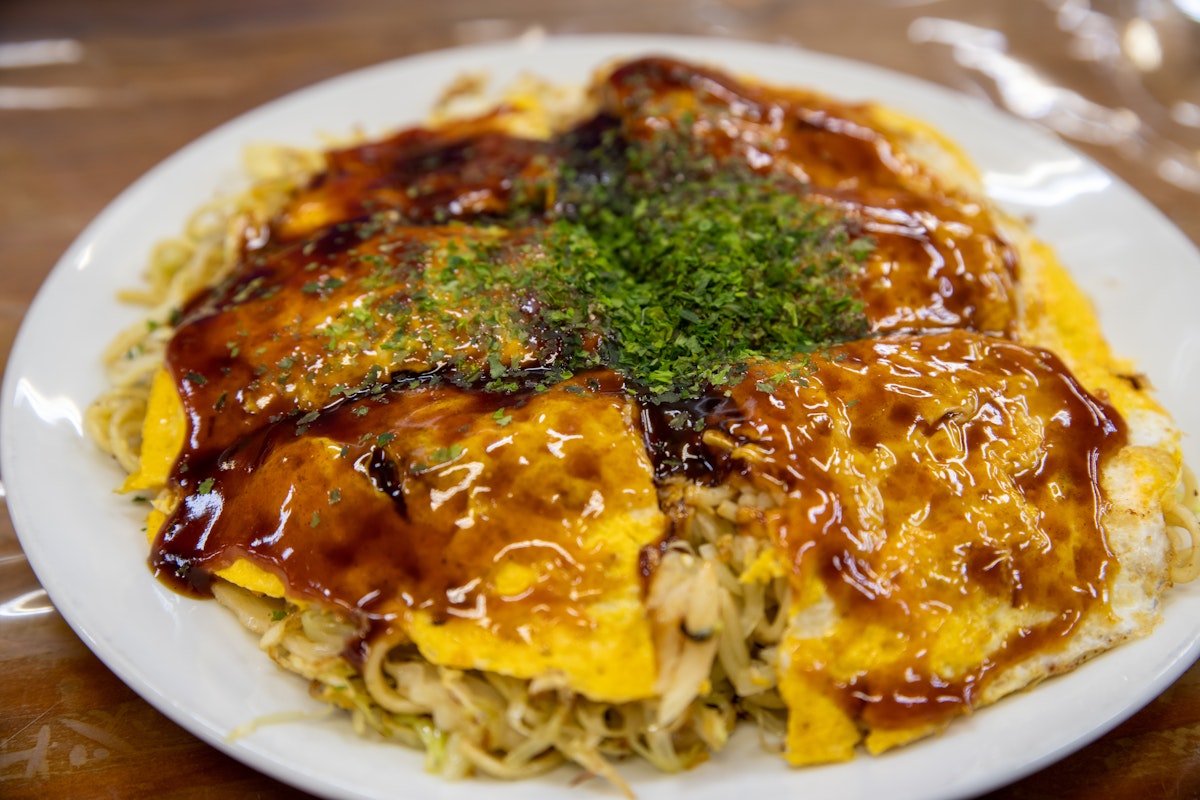
Hiroshima, a name that resonates with historical significance, is also a vibrant city that promises an unforgettable culinary journey. Located in the Hiroshima Prefecture, this city offers a rich tapestry of flavors deeply ingrained in its culture and history.
From the iconic Hiroshima okonomiyaki to the delicious depths of its oyster dishes, Hiroshima's food scene is a paradise for gastronomes. As you plan your visit to Hiroshima, prepare to indulge in a culinary adventure that spans traditional flavors and modern innovations.
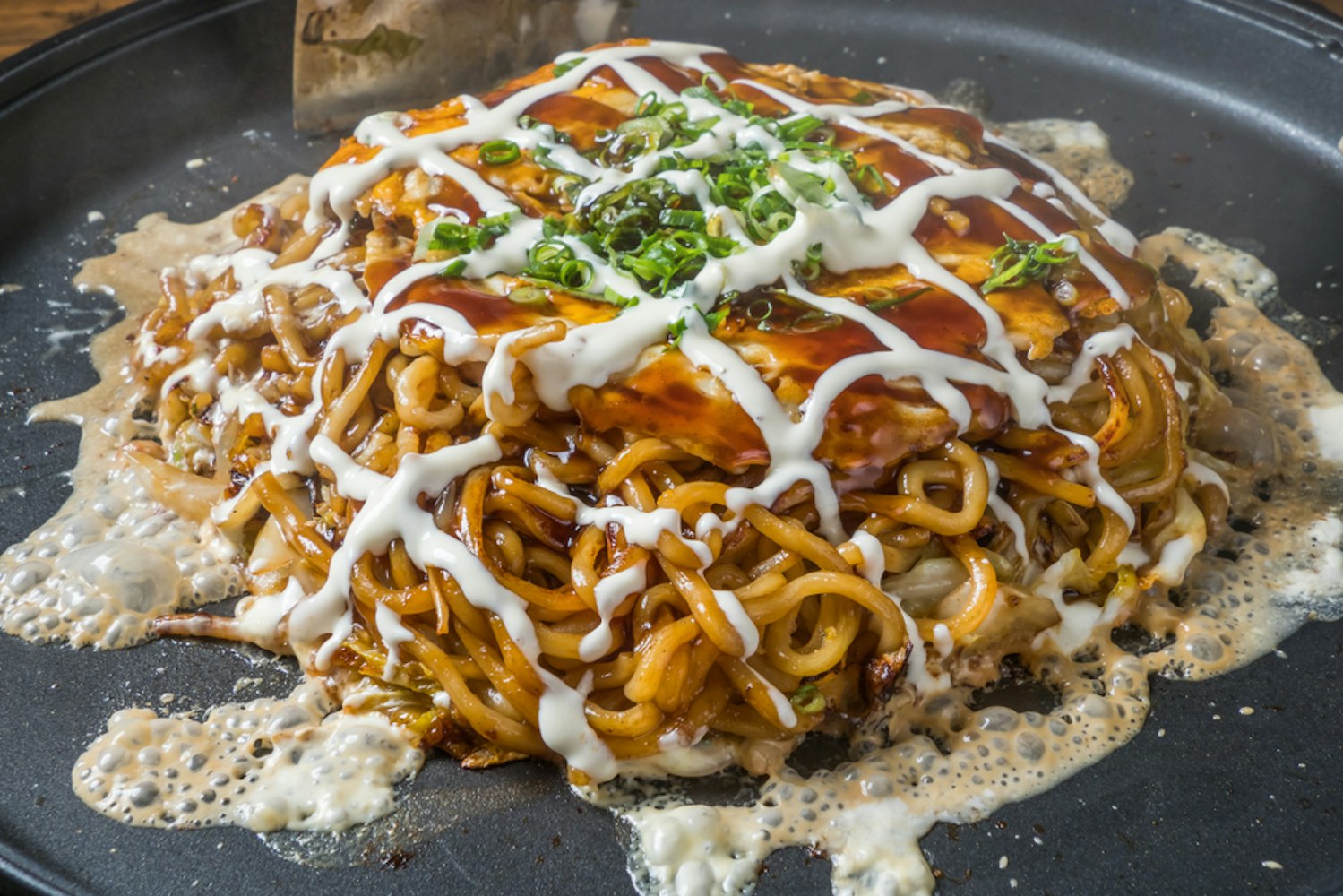
Hiroshima-style okonomiyaki is a unique variation of the famous Japanese savory pancake. It is distinguished primarily by its layered construction rather than the mixed batter typical of the Kansai-style okonomiyaki.
This traditional dish from Hiroshima is prepared by spreading a thin batter on a heated grill and layering it with cabbage, pork, optional seafood like squid or octopus, and cheese, each added in separate layers. Noodles, typically yakisoba or udon, are a characteristic addition topped with a fried egg and a generous application of a savory-sweet okonomiyaki sauce.
This style of okonomiyaki is deeply ingrained in Hiroshima's local culture and culinary identity and is often referred to as the city's "soul food."
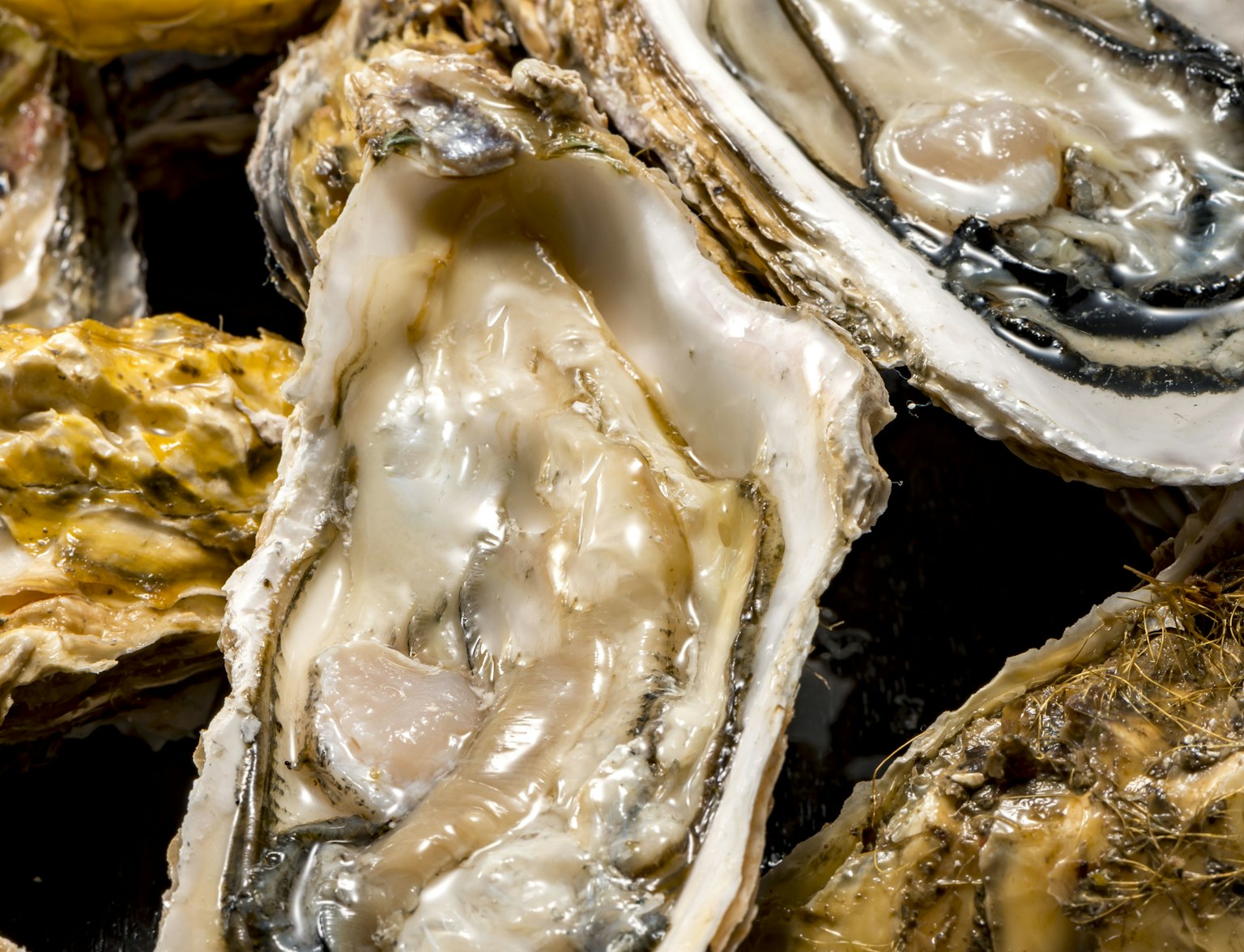
Discover Hiroshima's culinary delights on a 3-hour guided tour.
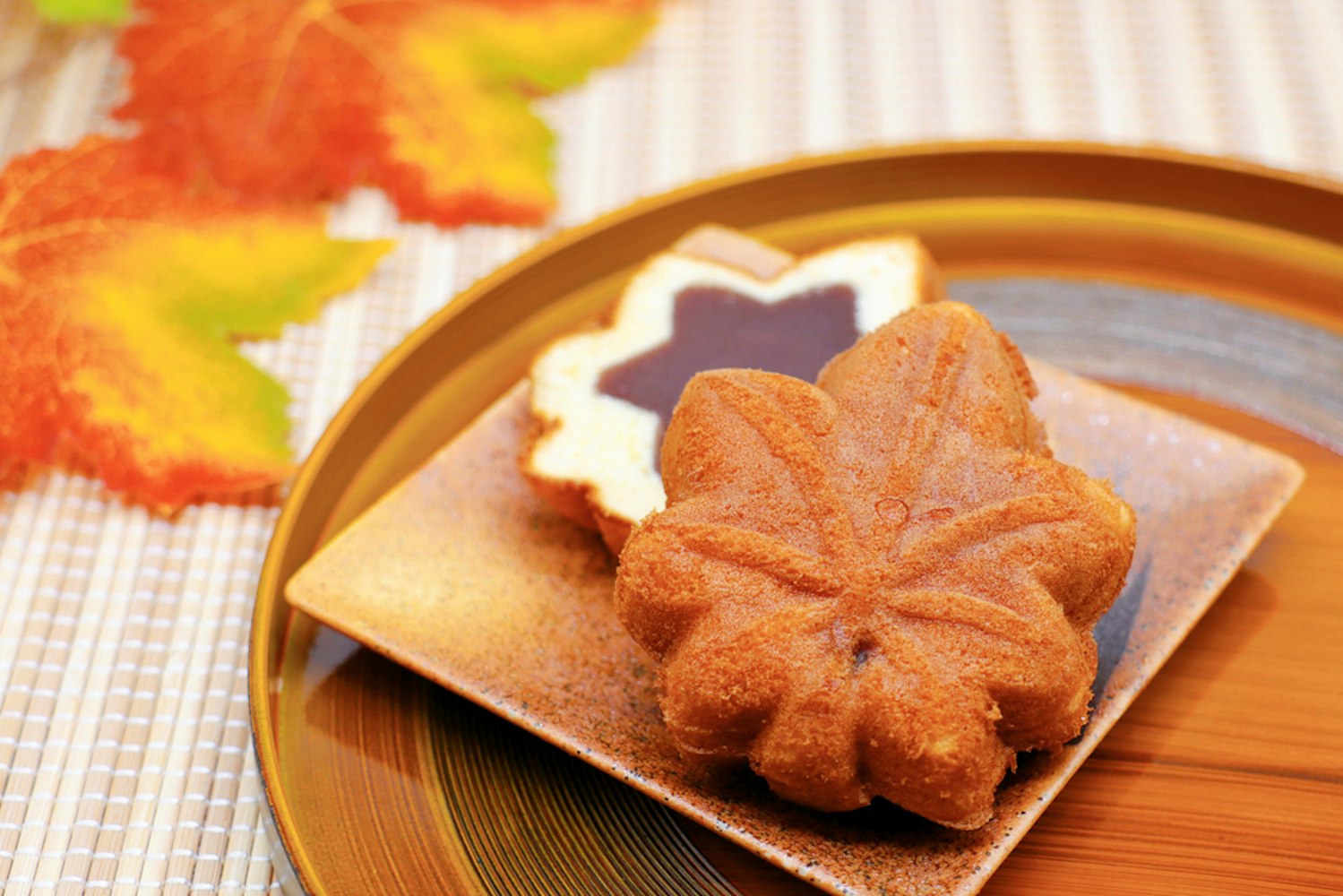
Momiji Manju is a delightful treat from Hiroshima, known for its unique shape that resembles a Japanese maple leaf. Originally crafted in the late Meiji period by a wagashi (traditional Japanese confection) craftsman, this sweet is a baked bun made primarily from buckwheat and rice, typically filled with red bean paste.
It has become a symbol of the region, particularly Miyajima Island, where it was first made. Today, Momiji Manju comes in various flavors beyond the traditional red bean, including chocolate and matcha, and can be found in many forms, such as fried or dipped in chocolate.
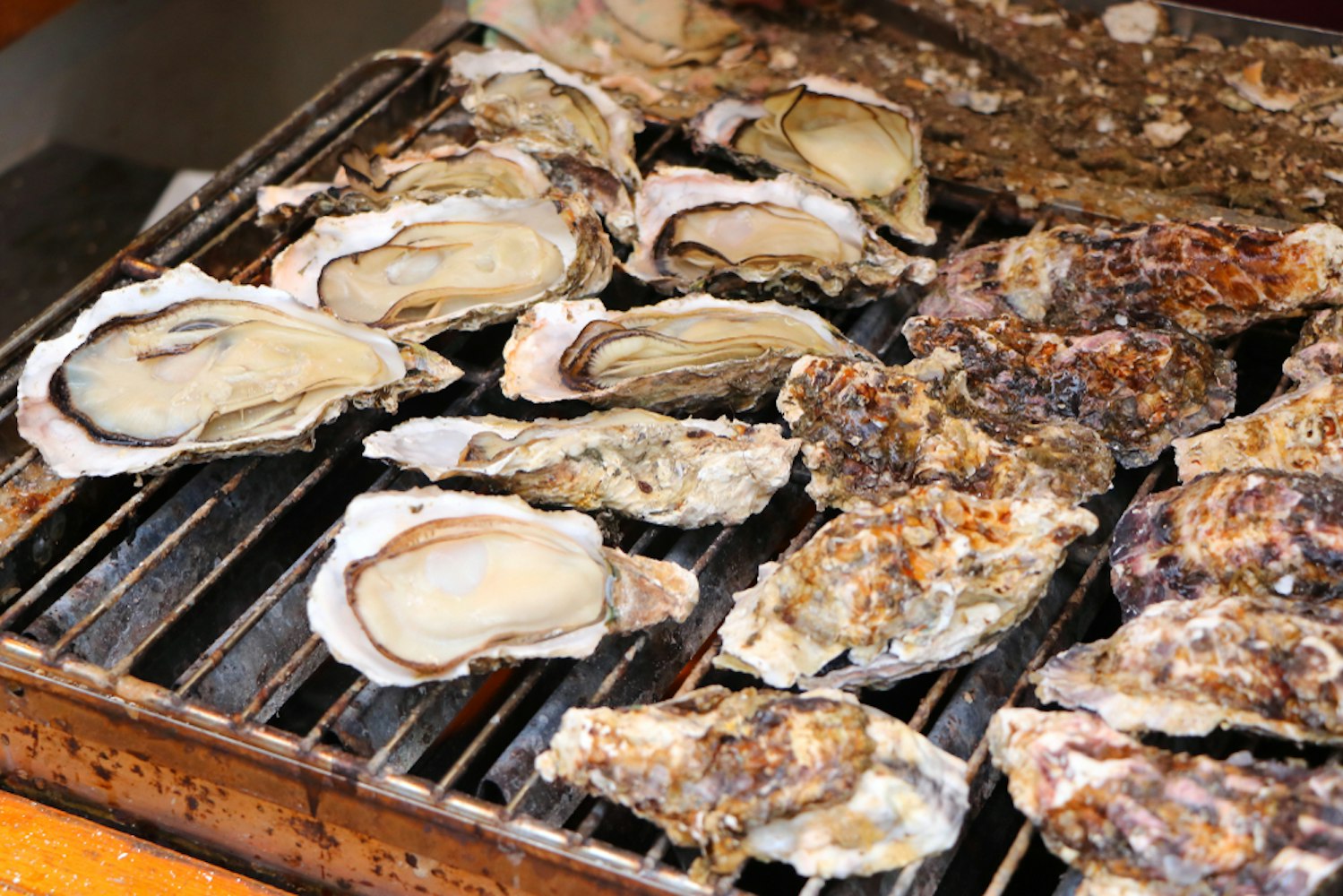
Hiroshima oysters, renowned for their size and flavor, are a celebrated culinary delight in Hiroshima Prefecture. Known as "Sea Milk" for its rich, creamy texture, these oysters are enjoyed raw, steamed, grilled, or fried.
The nutrient-rich waters of the Seto Inland Sea and advanced techniques like single-seed farming contribute to their superior quality. This meticulous approach to aquaculture ensures that Hiroshima oysters maintain their taste and nutritional value, making them a staple in local cuisine and international markets.
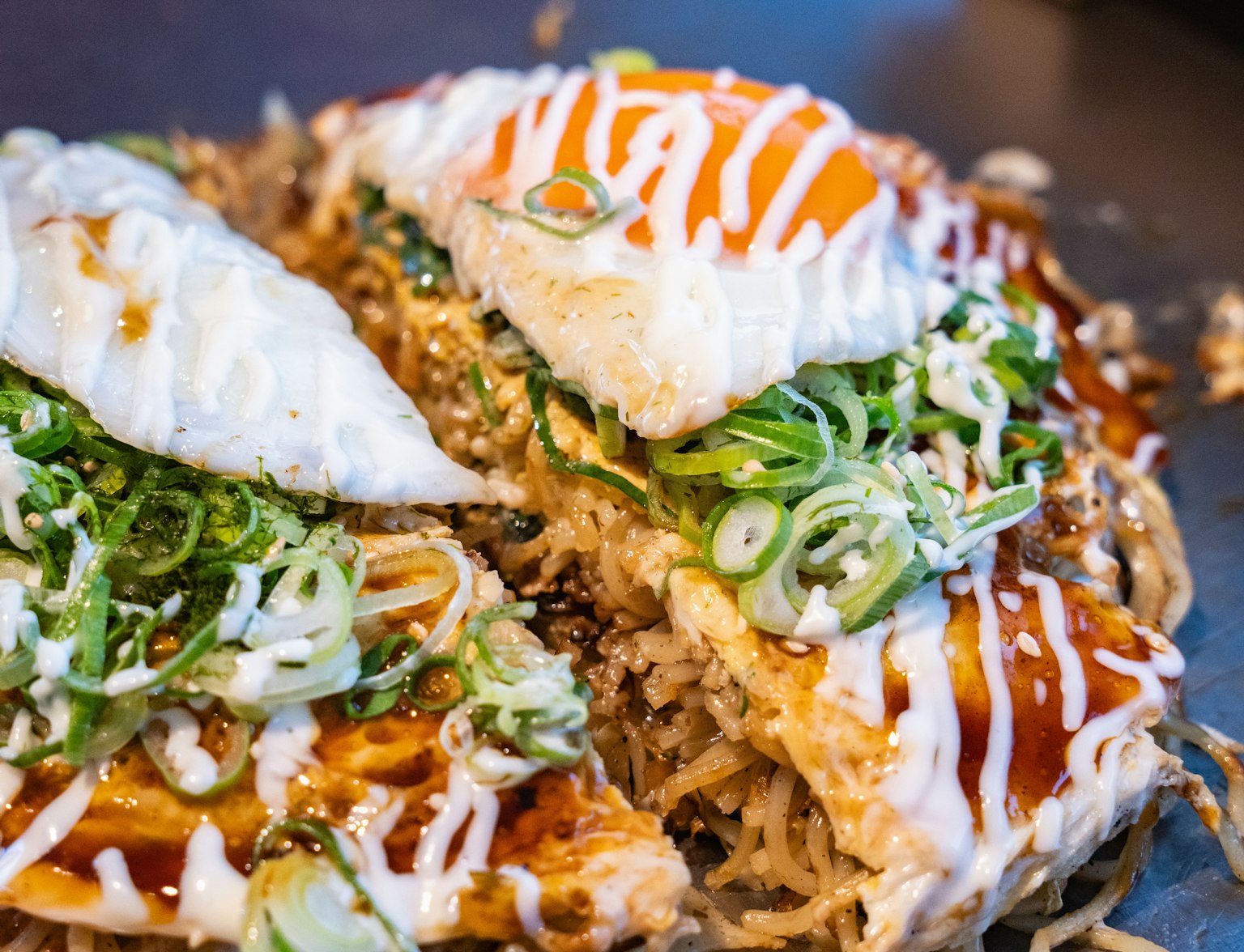
Taste local specialties like okonomiyaki and oysters at three popular izakayas.
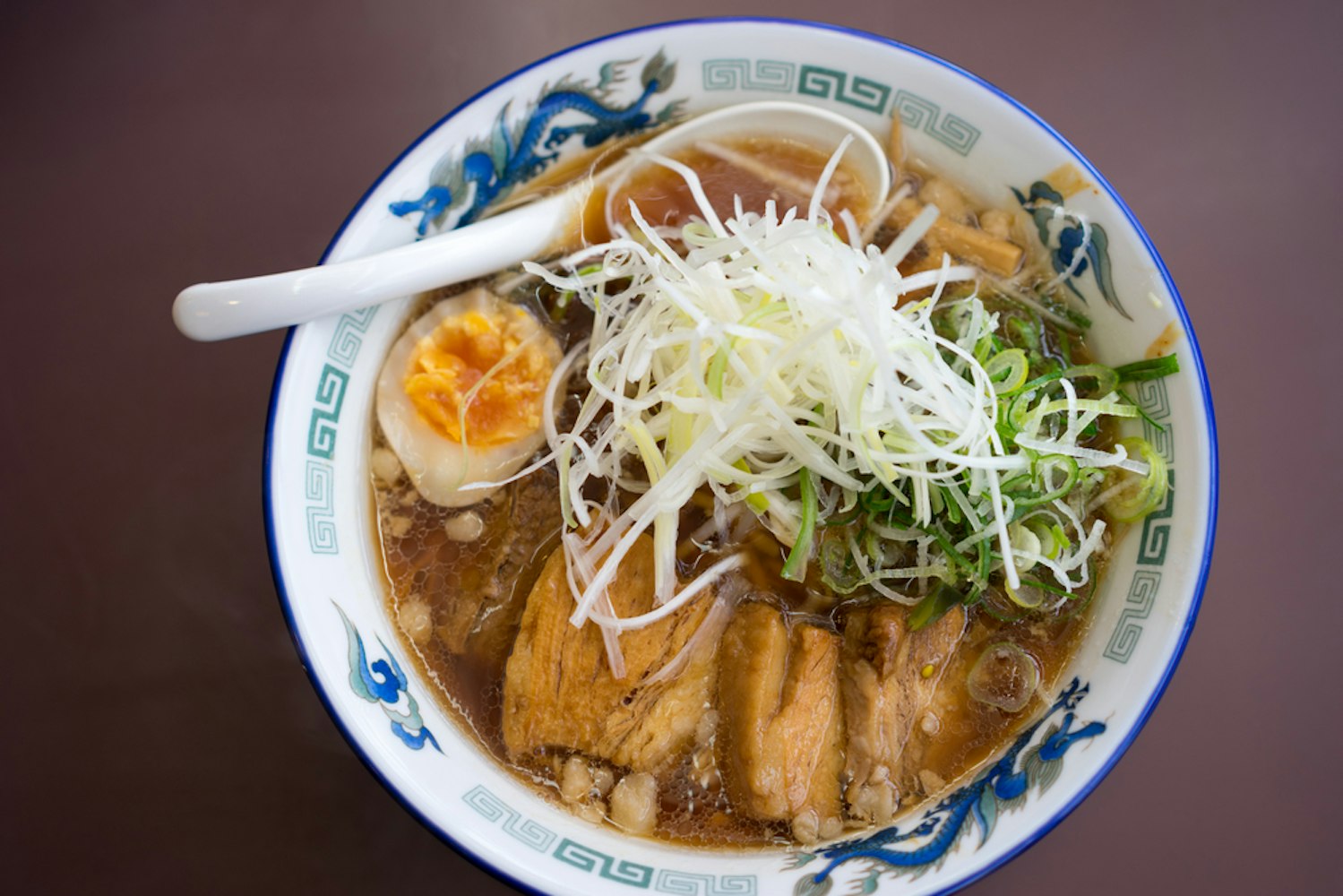
Onomichi Ramen is a celebrated regional dish from Hiroshima, specifically the picturesque port city of Onomichi, which overlooks the Seto Inland Sea. This local version of ramen is renowned for its distinctive soy sauce-based broth, which is light yet richly flavored with dashi made from chicken bones and small fish indigenous to the region.
The soup is often enhanced with pork back fat, adding luscious depth. The noodles used in Onomichi Ramen are typically flat and slightly chewy, perfect for soaking up the delicious broth.
The ramen is commonly topped with spring onions, roast pork, and bamboo shoots.
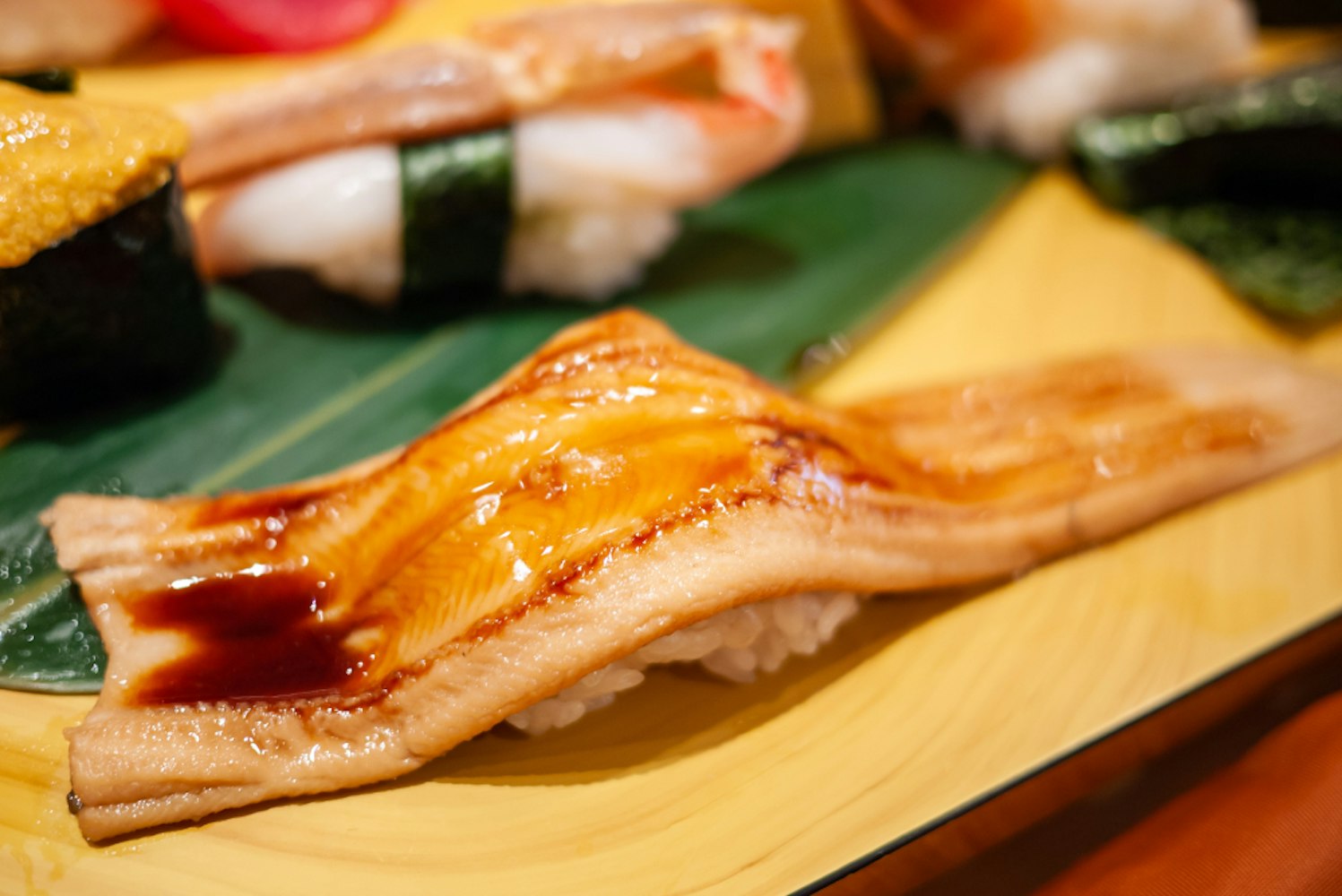
Anago, or saltwater conger eel, is a culinary highlight of Hiroshima. It is renowned for its delicate and subtly sweet flavor.
Unlike its freshwater cousin, unagi, anago is less fatty and known for its softer texture, which becomes fluffy when cooked. It is most popularly prepared in dishes such as anago-meshi, where the eel is gently simmered and served over rice, often highlighted with a light mirin and soy sauce seasoning to enhance its natural flavors.
This dish captures the essence of Hiroshima's local cuisine and is a must-try for visitors looking to experience the region's maritime delicacies.
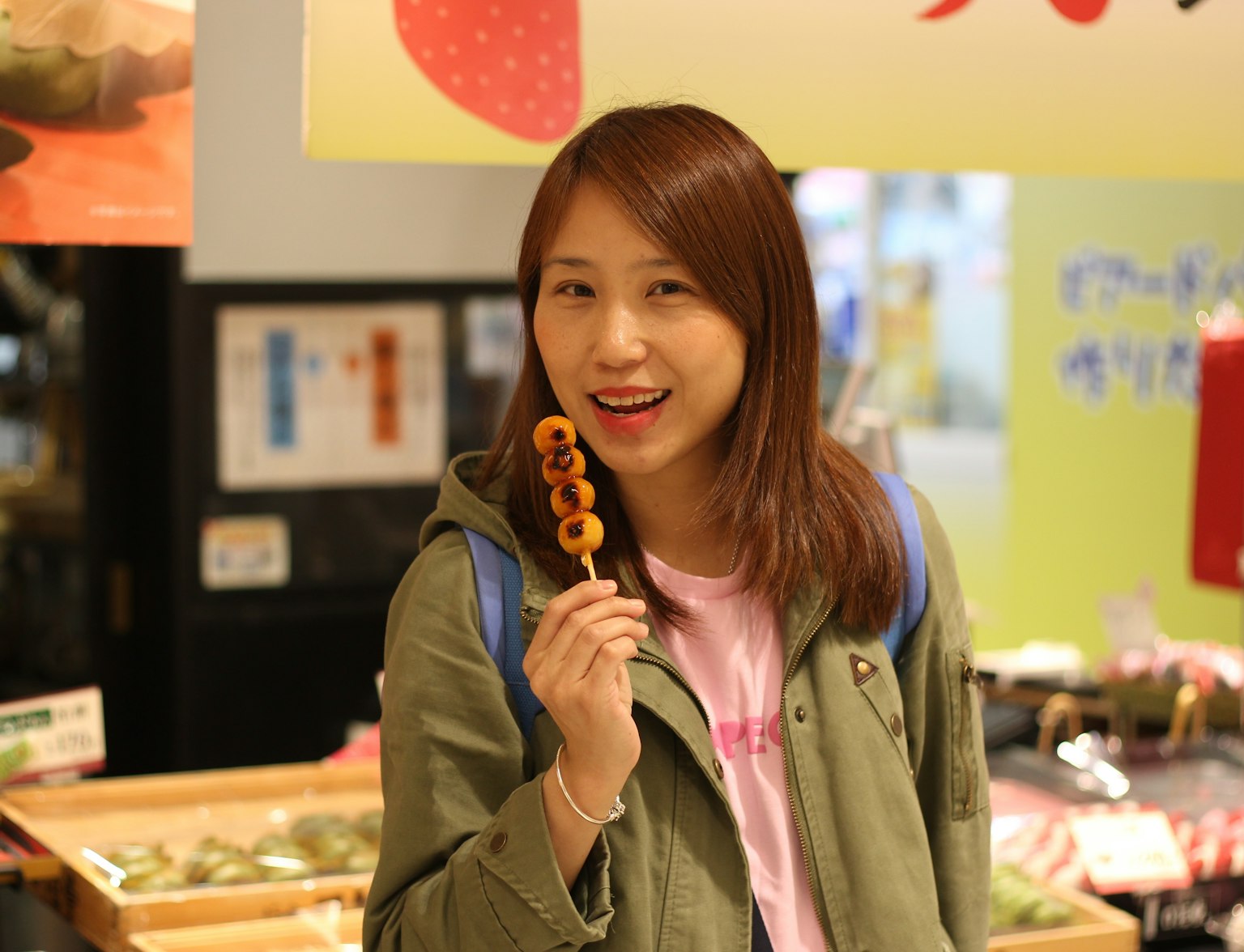
Embark on a compelling journey through the vibrant streets of Hiroshima.
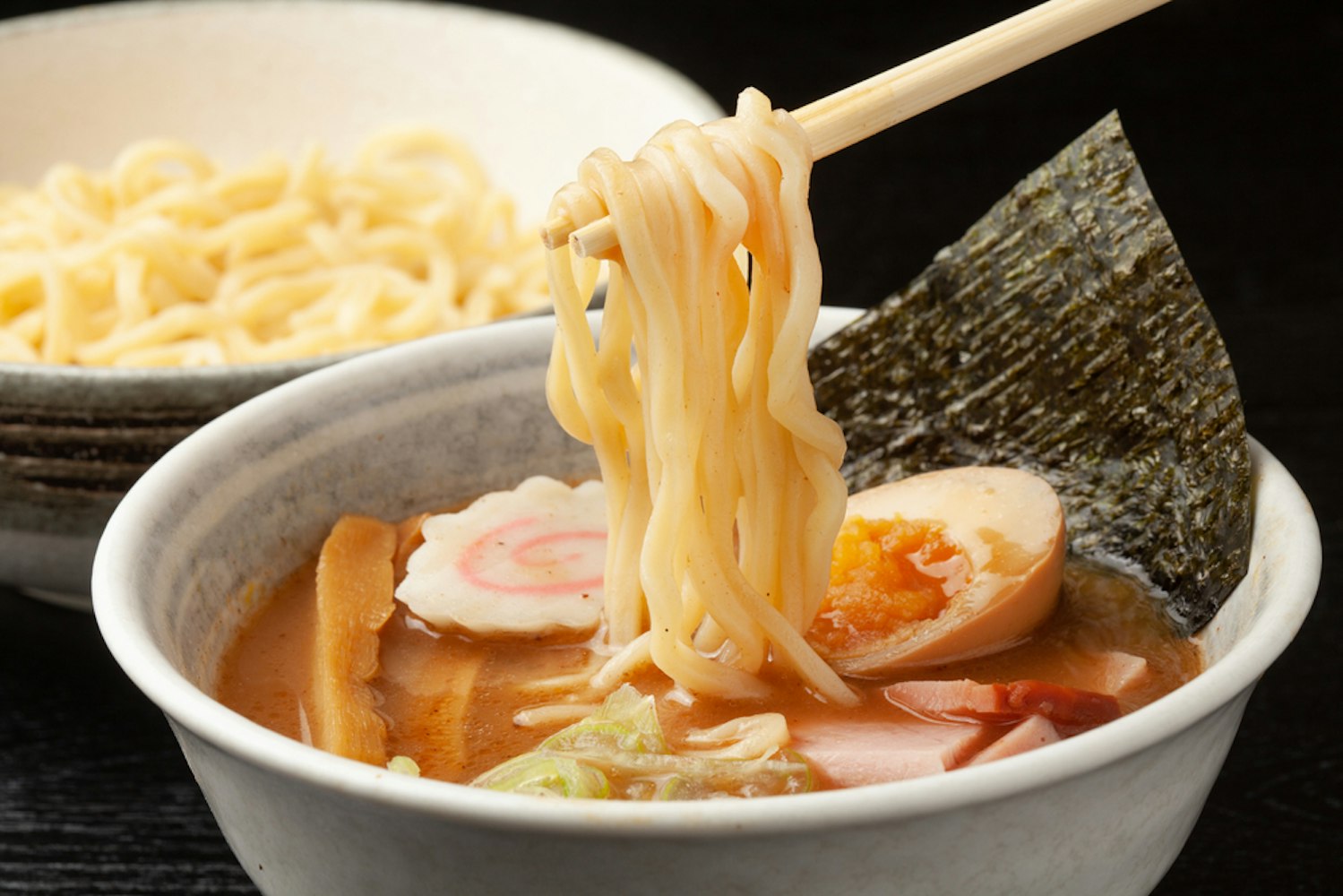
Hiroshima tsukemen is a distinctive culinary delight from Hiroshima food, known for its unique preparation and flavor profile. This dish consists of cold noodles and a separate bowl of spicy dipping sauce, often enriched with sesame seeds and chili oil, allowing diners to enjoy a customizable spice level.
The noodles are typically complemented by ingredients like boiled cabbage, eggs, and green onions, enhancing the meal's texture and taste. Renowned for its bold flavors, Hiroshima Tsukemen offers a refreshing and spicy dining experience that stands out in Hiroshima's local food scene.
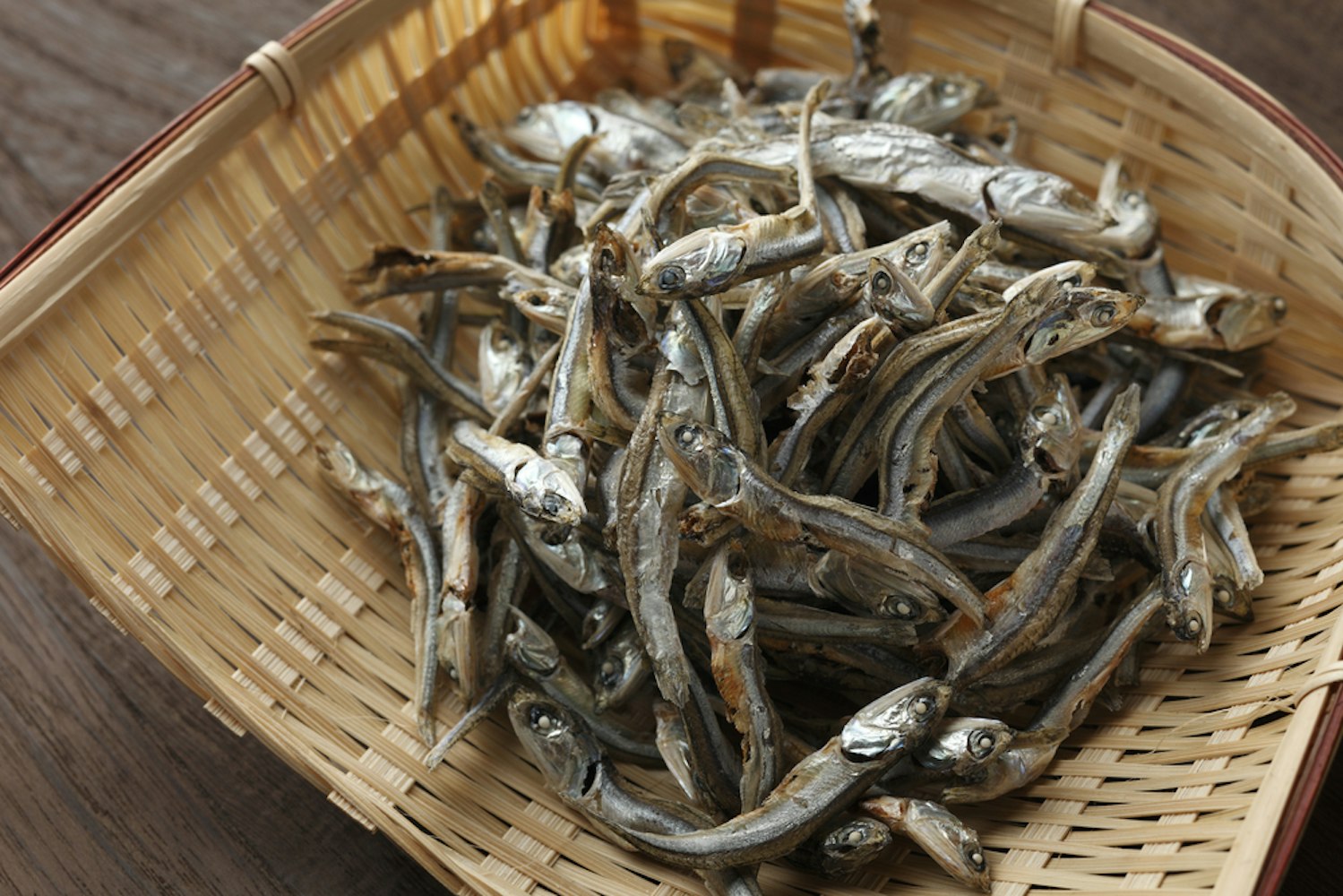
Koiwashi, often called baby sardines or anchovies, is a celebrated culinary delight in Hiroshima. In contrast to the common dried variety, Hiroshima favors these small fish fresh, showcasing their rich umami flavor and nutritious omega-3 fatty acids.
These tiny fish can be savored in various forms, including grilled, as fresh sashimi, or incorporated into sushi and tempura dishes. This local delicacy perfectly embodies the unique seafood traditions of Hiroshima, offering a delicious taste of the region's maritime heritage.
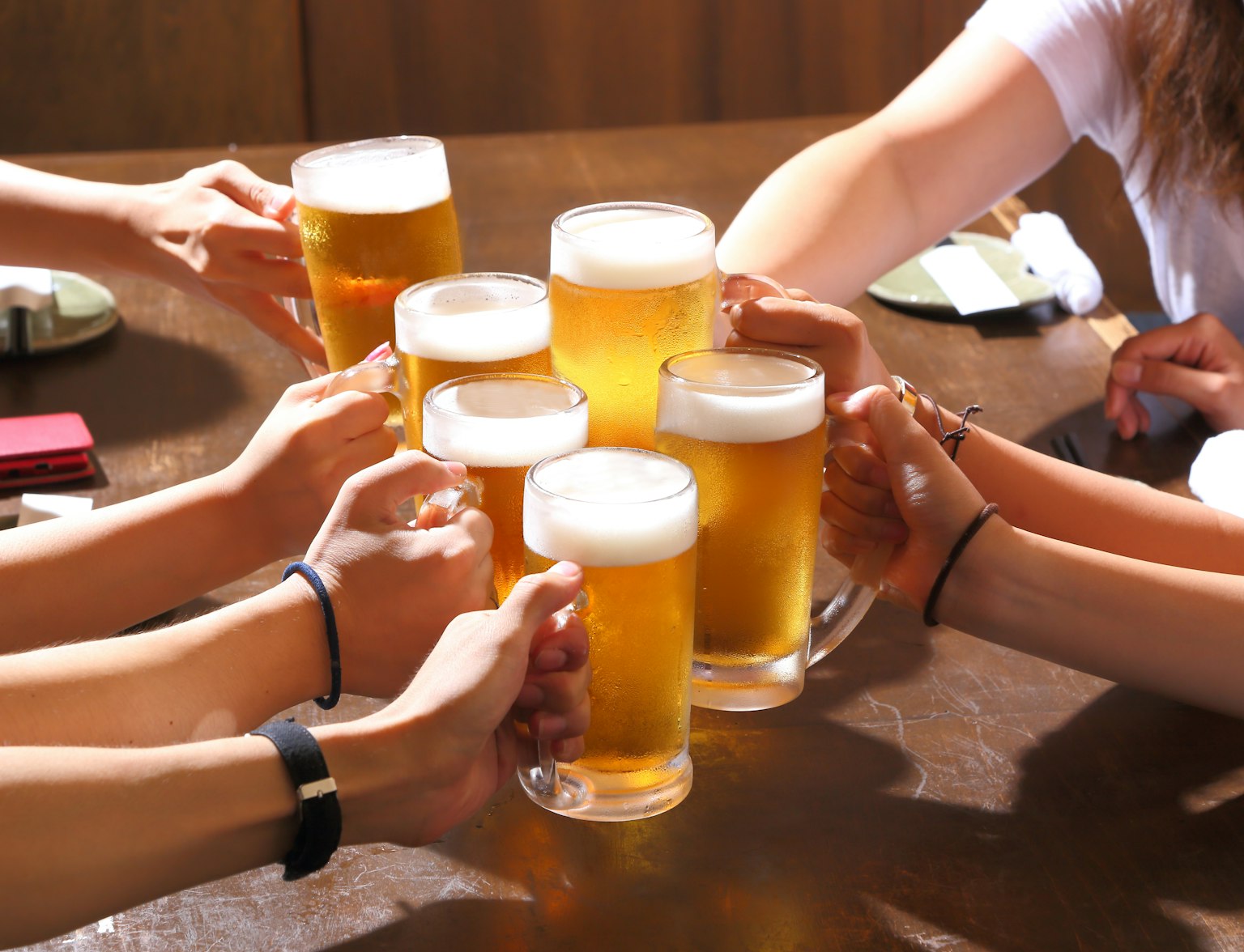
Explore Hiroshima's vibrant food scene and cultural landmarks with a local guide.

Kure Curry, known as Kure Kaiji Curry, is a beloved culinary specialty from Hiroshima's Kure City, mainly celebrated for its naval heritage. This dish is an original recipe of the Japan Maritime Self-Defense Force, traditionally served on ships to help crew maintain a sense of time by designating Friday as curry day.
The unique recipes vary by ship, each adding a personal touch that reflects a long-standing maritime tradition. Locally, numerous restaurants in Kure offer their take on this dish, each learning from naval cooks to replicate these authentic flavors.
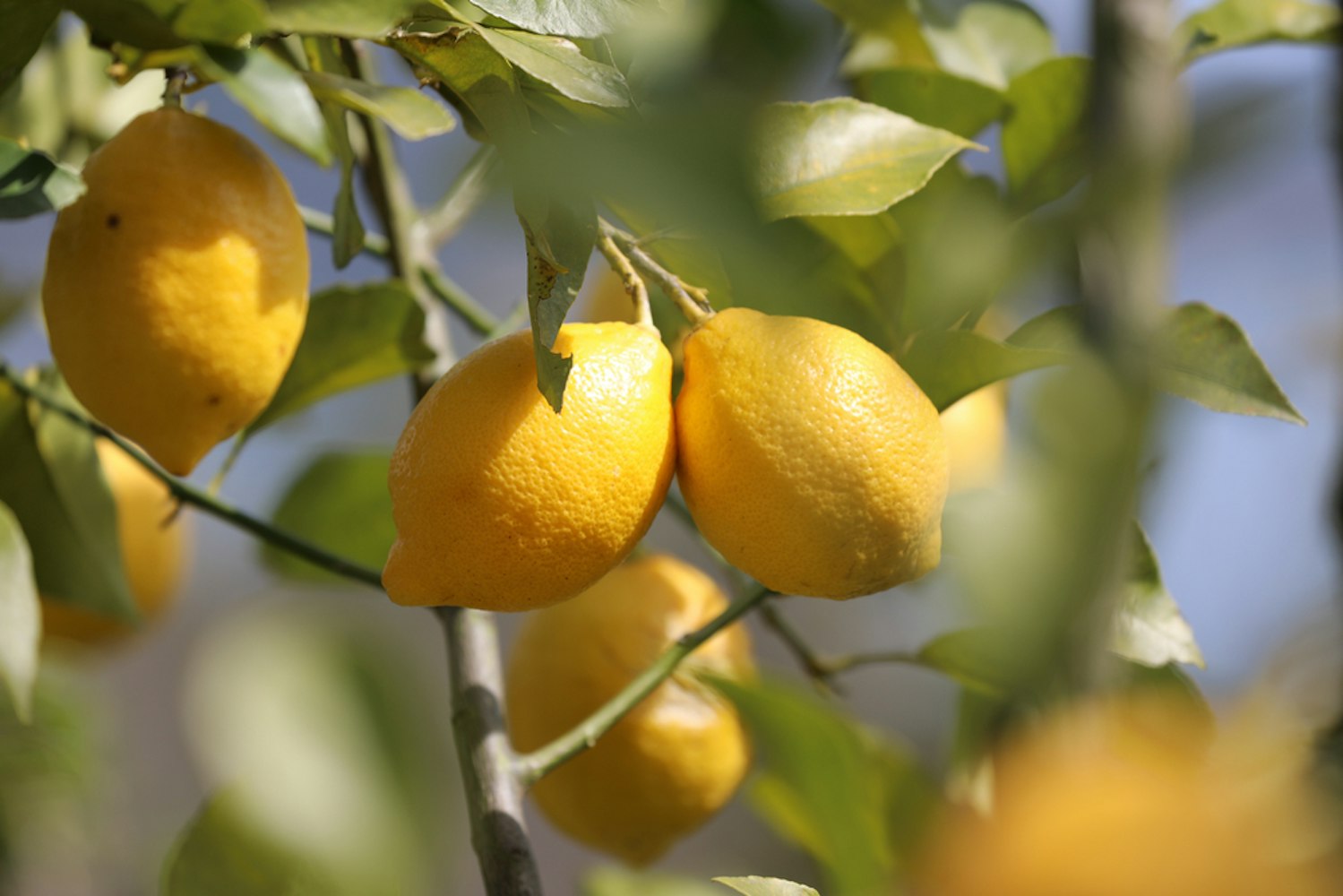
Hiroshima's culinary scene is distinguished by the prominence of its citrus produce, particularly lemons. Known as "Setouchi Hiroshima Lemons," these are cultivated primarily on the islands of Hiroshima Prefecture, benefiting from the region's mild climate.
These lemons are notable for their intense aroma and flavor, which are strong enough that even the skin is edible. They are often incorporated into local cuisine in various dishes, from savory to sweet.
A popular dish, "Hiroshima Lemon Nabe," exemplifies the local use of lemons. It blends its fresh zest and juice with seasonal vegetables and meats in a hot pot celebrated for its refreshing taste and health benefits.
The cultivation and use of lemons in Hiroshima extend beyond just cooking; they have inspired creative uses in local cafes and restaurants, adding a vibrant, tangy kick to traditional Japanese dishes and innovative new creations.
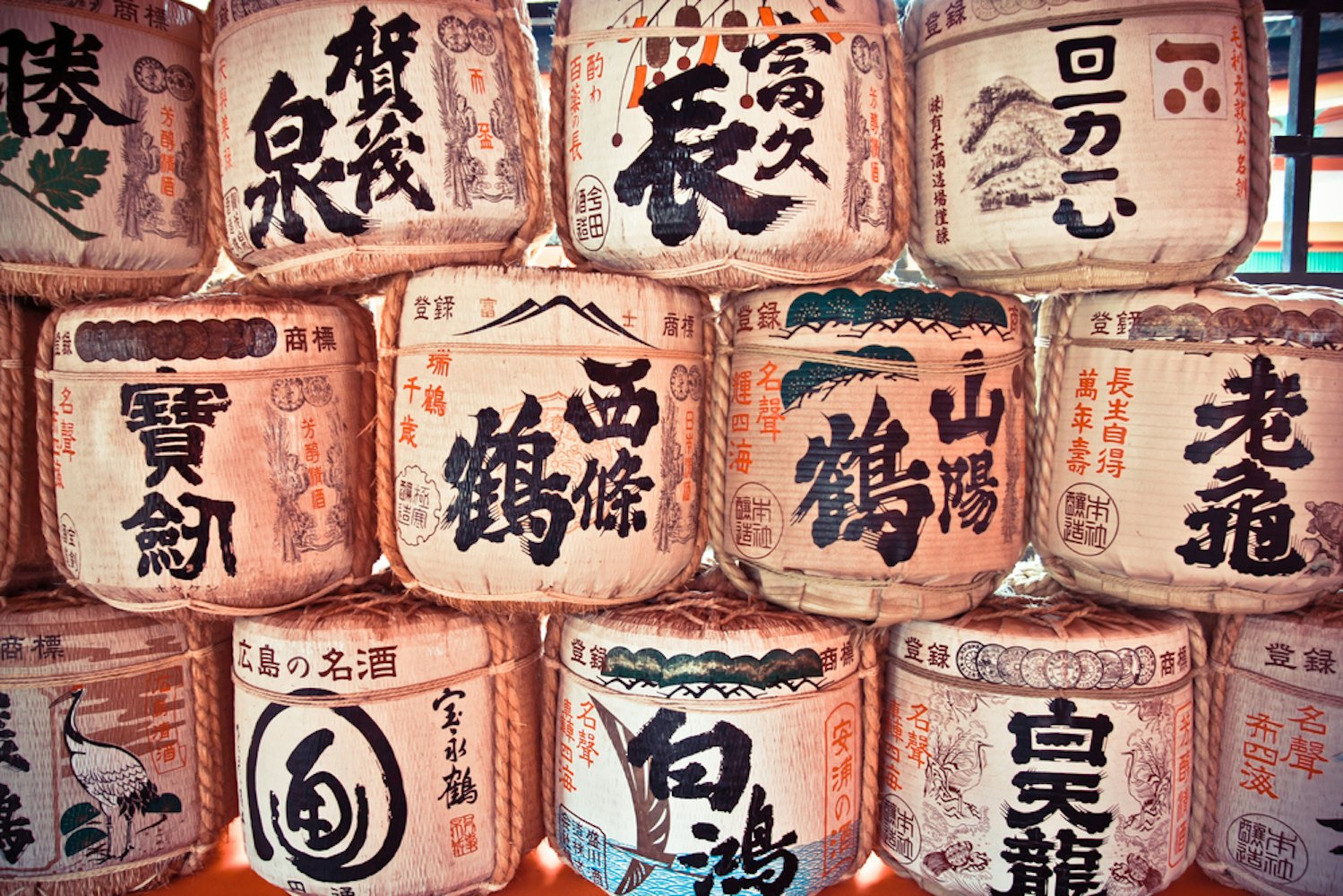
Sake, a traditional Japanese rice wine, is unique in Hiroshima's culinary culture. Alongside Fushimi in Kyoto and Nada in Kobe, Hiroshima is recognized as one of Japan's three premier sake-producing areas.
It is renowned for its rich heritage in sake brewing. The city is particularly famous for its Saijo district, often referred to as a sake town due to its concentration of breweries known for high-quality sake.
This area is celebrated for its excellent sake, and the annual Sake Festival attracts connoisseurs worldwide. Here, visitors can explore the deep flavors of Hiroshima's sake, enhanced by the region's exceptional brewing water and centuries-old techniques.
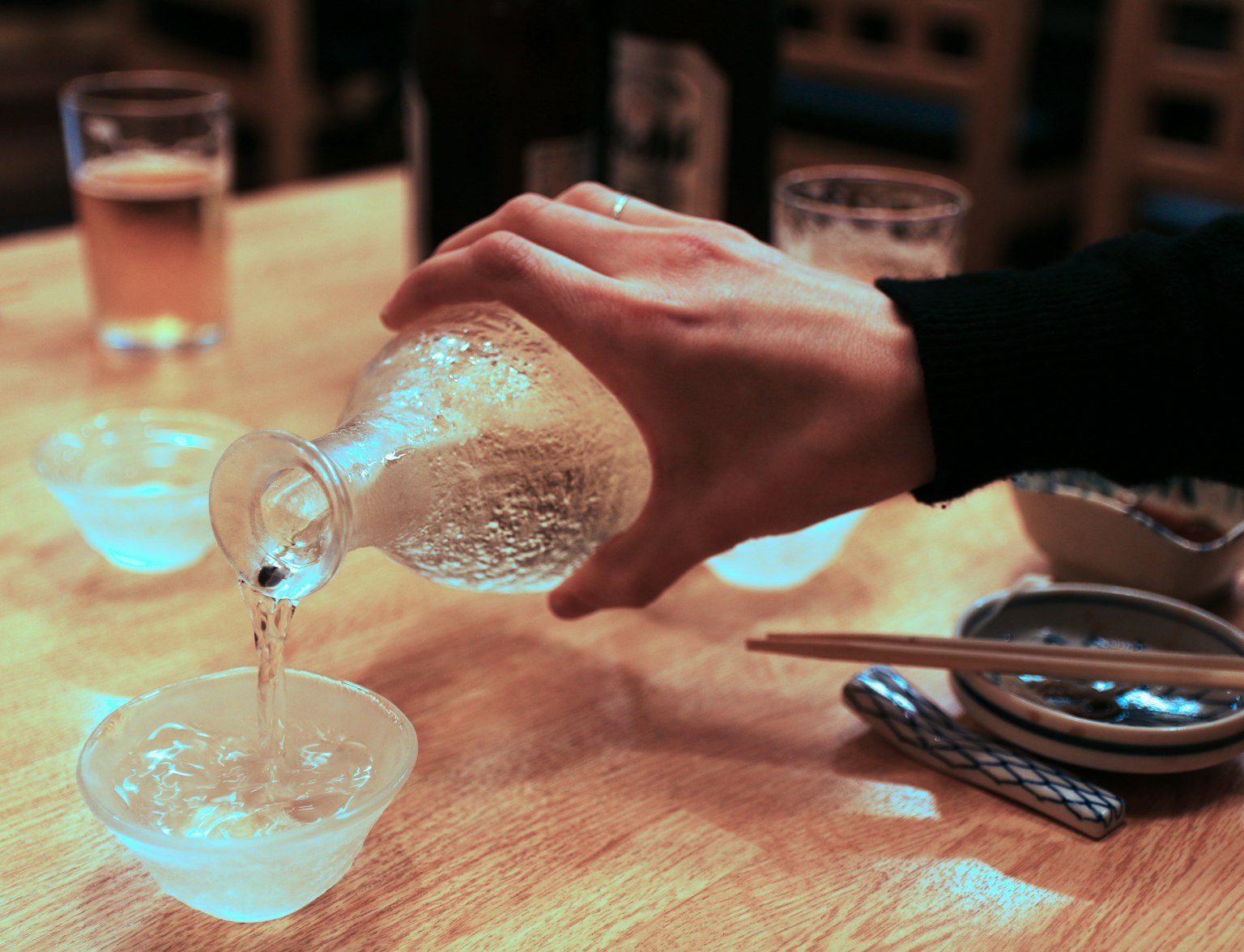
Explore the renowned Saijo district of Hiroshima, famed for its sake heritage.
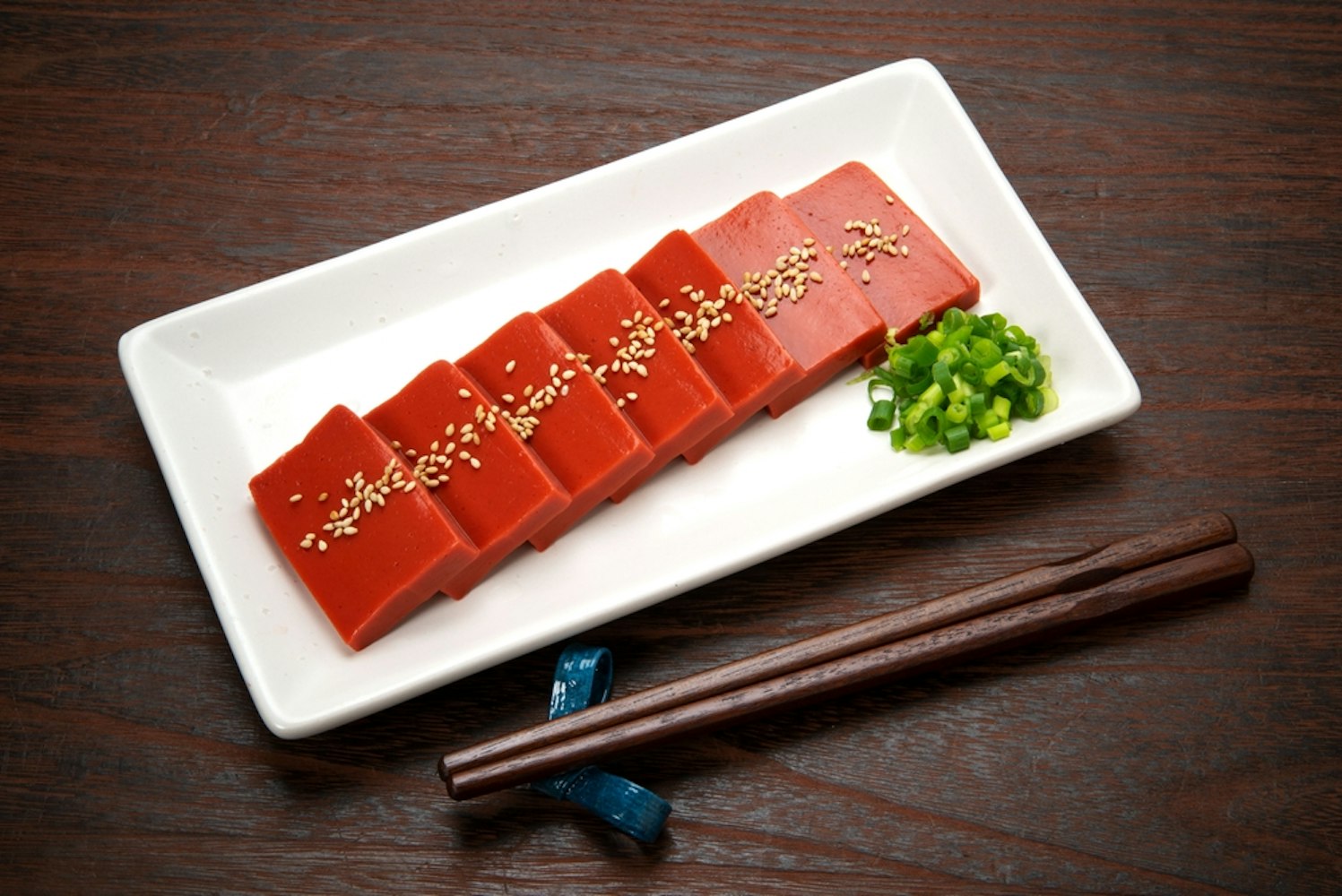
Yama-Fugu, or Sashimi Konnyaku, is a unique culinary delight from Hiroshima, particularly from the Yuki-cho area. This dish consists of thin, wobbly strips of konnyaku, a gelatinous substance made from a root vegetable known in Japan as the Devil's Tongue Yam.
These strips are often pale and have a rubbery texture. They are typically served with a drop of soy sauce. The nickname "Yama-Fugu" translates to "mountain pufferfish," likening the konnyaku's texture and culinary use to the famed pufferfish.
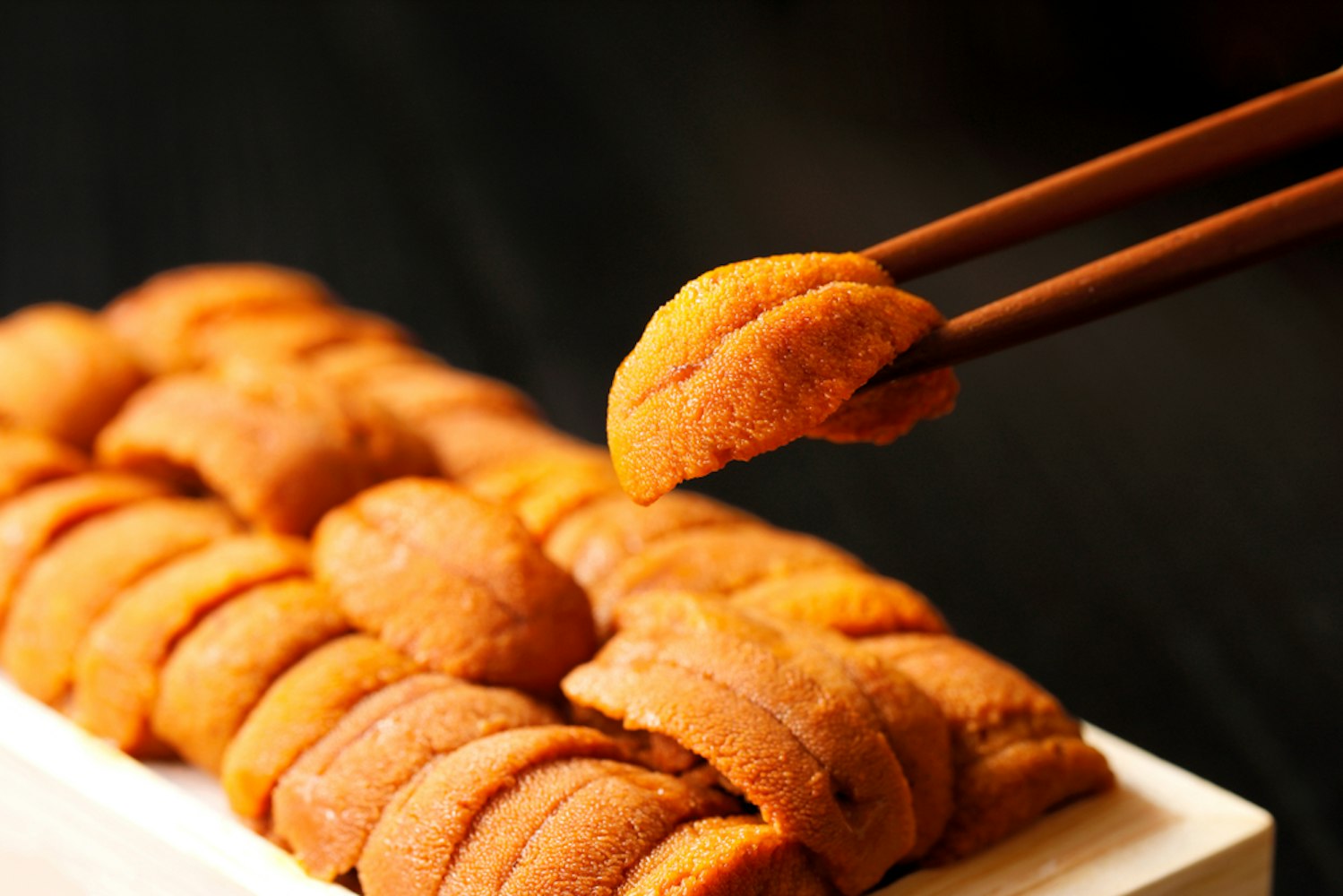
Uni-Horen is a lesser-known but delightful dish from Hiroshima, combining the rich flavors of sea urchin with either spinach or watercress, all sautéed in a butter soy sauce mixture. This dish reportedly originated from a teppanyaki restaurant called "Naka-chan" in Naka-ku, Hiroshima.
Combining the creamy sea urchin and the greens creates a unique taste, enhanced by the savory sauce. To savor every last bit of flavor, enjoy with a French baguette.
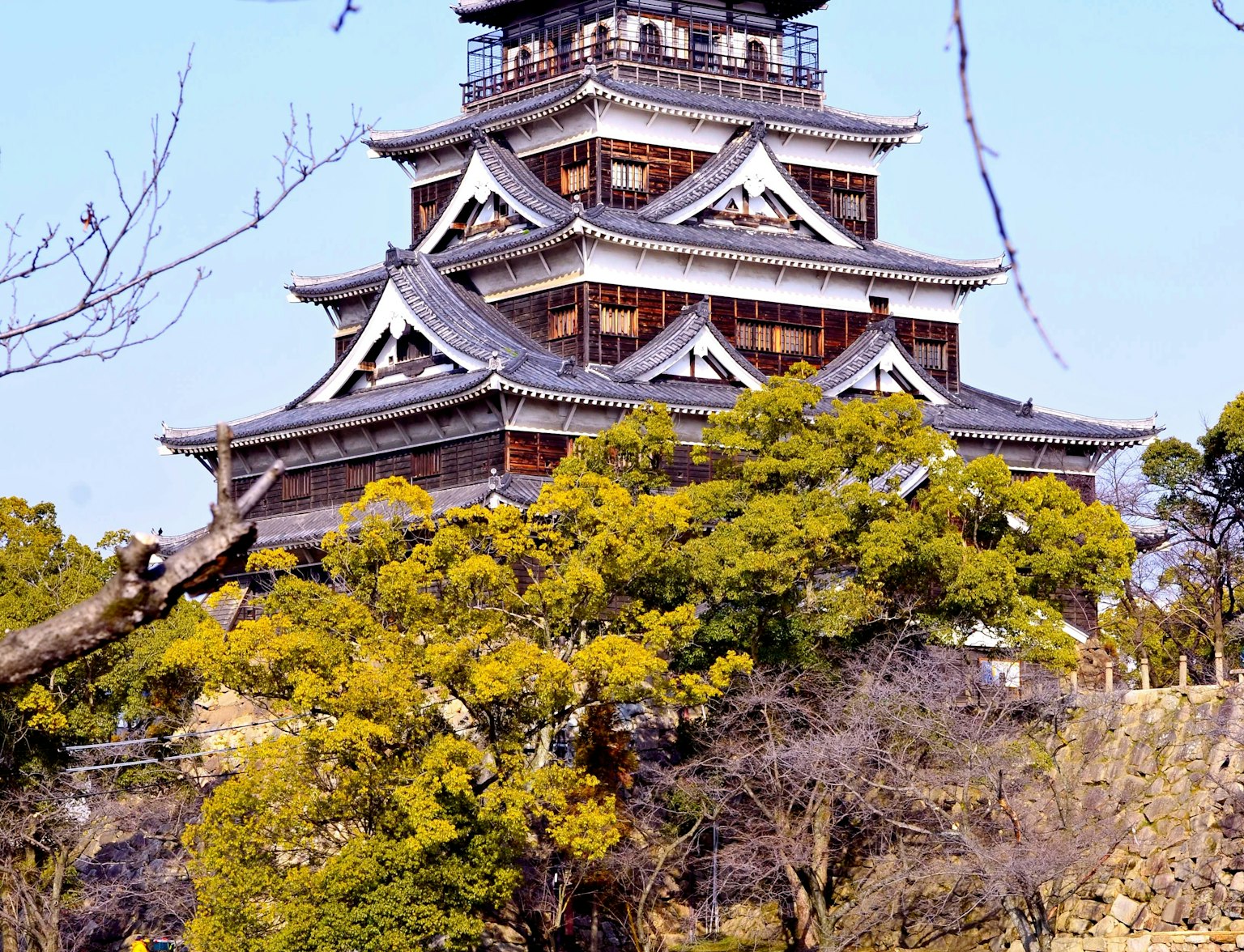
Explore Hiroshima with a local guide on a personalized 6-hour tour.
Explore Local Specialties: Hiroshima is famed for its Hiroshima-style okonomiyaki, a savory pancake made with layers of cabbage, pork, and ramen noodles and topped with a unique okonomiyaki sauce. Take advantage of this local dish.
Visit Okonomiyaki Restaurants in Downtown Hiroshima: For the best Hiroshima okonomiyaki experience, head to the heart of downtown Hiroshima, where numerous okonomiyaki restaurants line the streets, each offering their version of this delicious dish.
Savor the Freshness of Hiroshima Bay: Seafood is a must-try, and Hiroshima Bay is nearby. Indulge in raw oysters, saltwater eels, and conger eels, often eaten raw or lightly grilled.
Don't Skip the Street Food: Try Onomichi ramen, characterized by its soy sauce base and delicious curry udon noodles. Deep-fried momiji manju, a sweet pastry filled with red bean paste, is a perfect snack for a quick bite.
Attend the Annual Sake Festival: If your visit aligns with the sake festival in Hiroshima, you're in for a treat. It's a fantastic way to taste different flavors around Hiroshima Prefecture and the Seto Inland Sea region.
Hiroshima is well-connected and accessible from major Japanese cities. The easiest way to reach Hiroshima City is by Shinkansen (bullet train) from Tokyo, Osaka, or Kyoto.
The ride offers scenic views of the Japanese countryside and delivers you to Hiroshima Station in the city's heart. From there, local trams and buses make navigating the city straightforward and convenient.
For international travelers, Hiroshima Airport connects to several international destinations and is just a short bus ride from downtown Hiroshima.
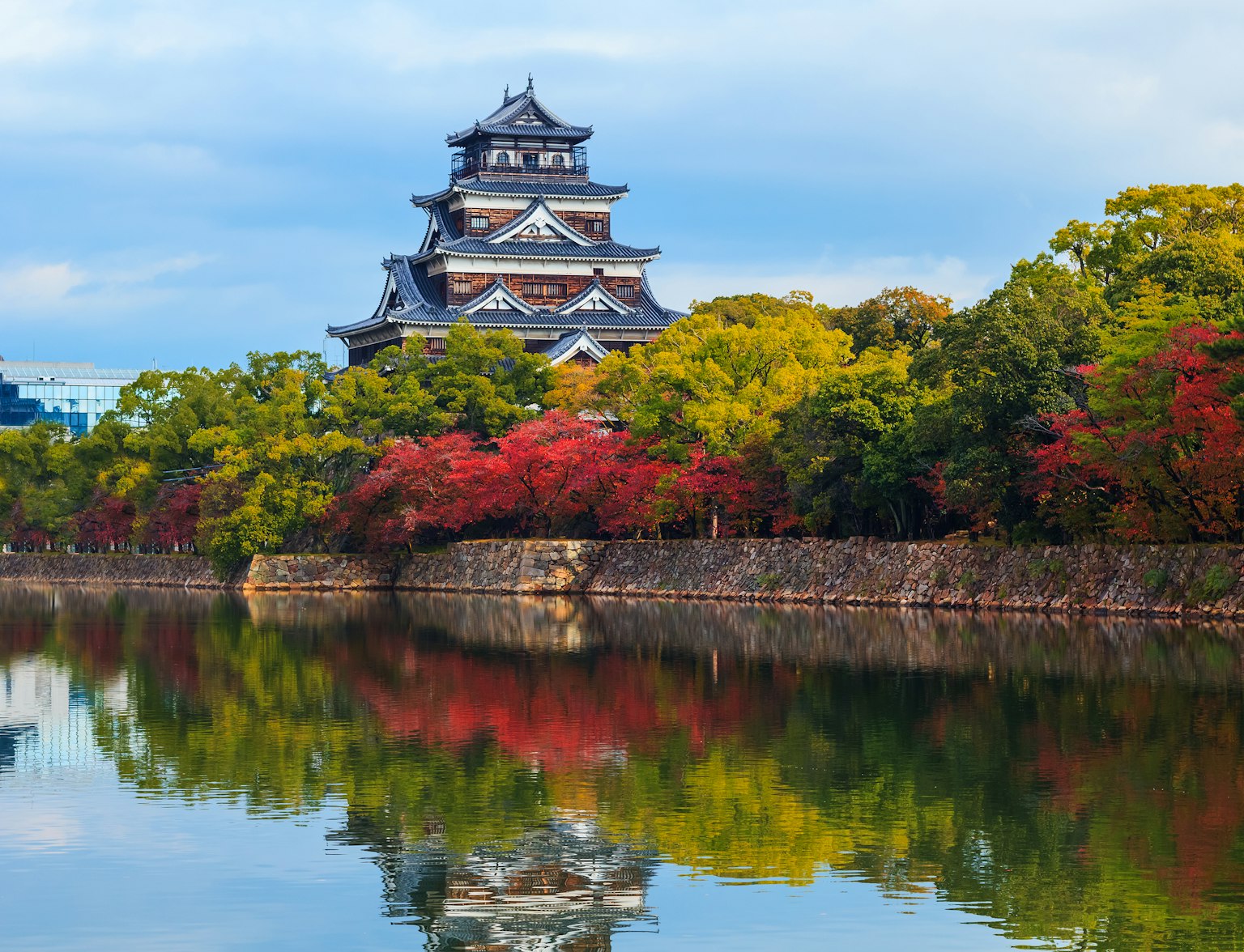
Discover Hiroshima's soul on this private guided tour.
Hiroshima offers more than just a poignant history lesson; it is a vibrant city with a rich culinary heritage that invites visitors to explore its delicious food landscape. From the bustling streets of downtown Hiroshima to the serene views of the Seto Inland Sea, every corner of this city offers something unique for your palate.
Whether you're looking for the complex flavors of Hiroshima-style okonomiyaki or the simple pleasure of fresh oysters, eating in Hiroshima promises to be one of the highlights of your visit to Japan. Don't just read about it—experience it and immerse yourself in the flavorful world of Hiroshima's local delicacies.
